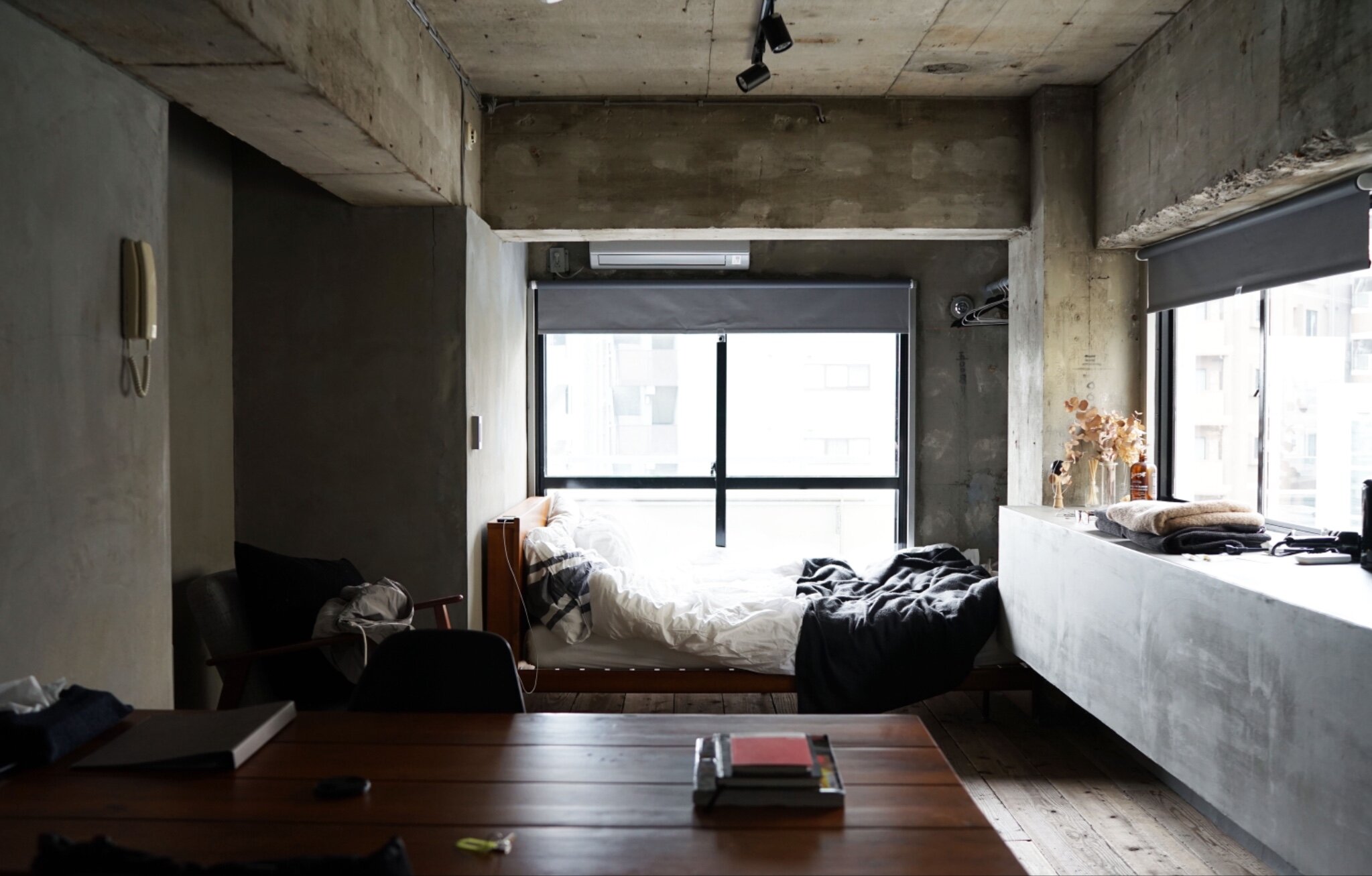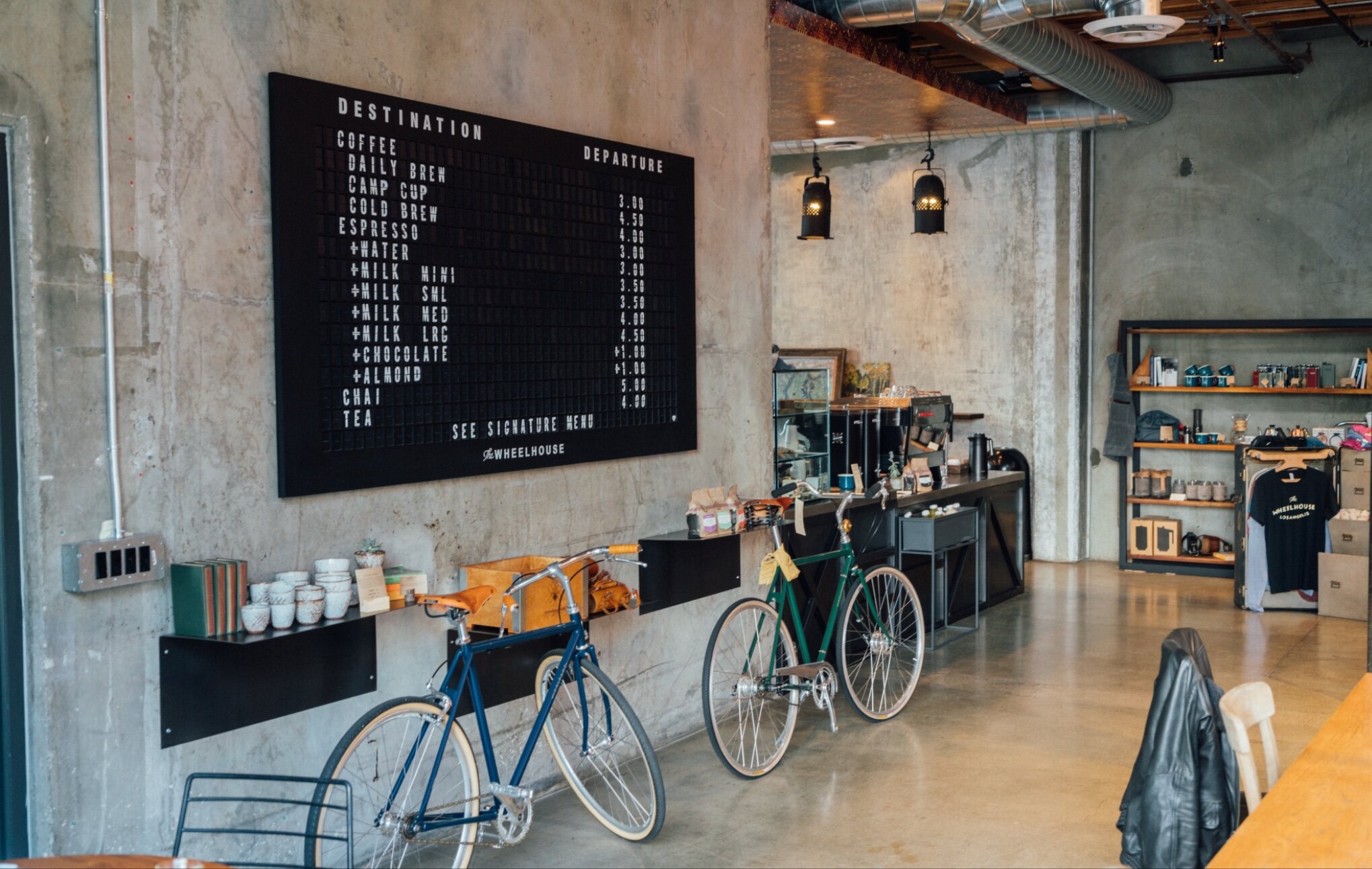When you describe a scene, try selecting a few significant objects or features to set the mood. Name these precisely, so that the reader can easily imagine them. I have discussed this in a previous blog post ‘What’s in a Name?’. You can then add more descriptive language to your basic nouns, if needed, to create you desired atmosphere:
You could, for example, choose five significant objects for:
A Cosy living room
Features:
Chairs - Two easy chairs softly draped in tartan rugs, a wicker rocking chair
The Girl - Sitting in the window, Knees drawn up, holding a book, gazing distractedly out of the window.
Ornaments - Santa stocking, candlesticks and curios on the mantelpiece
The Hearth - An Iron hearth with a fire bucket and basket of pine cones
The View - Evergreen trees, holly bushes and a family car
————————————————————————————————————————————————-
Notice that you don’t have to pile on the adjectives to produce a vivid description.
The details I have chosen should all help to create an atmosphere of domestic warmth and cosiness. As well as the visual sense of the objects, the sense of touch is suggested through soft tartan rugs, an iron hearth and the spiky holly bushes. Smell is implied in the fire bucket and pine cones. Sound can be sensed here as a calm silence, unless the reader imagines a roaring fire in the hearth. Remember that images are only a starting point for your GCSE English Language descriptions, so you can insert a steaming mug of hot chocolate into the scene if you want your reader to experience a warm, comforting taste.
By contrast, we could be describing something more harsh:
A Tokyo Apartment for One
The Bed - Single, unmade, crumpled bedsheets
Walls - Grey, raw concrete blocks
Windows - Facing an endless, uniform wall of tower blocks
Table - Rich polished teak, three books stacked neatly
Floor - Bare oak floorboards
———————————————————————————————————————————————————
It’s quite easy to create a fairly cold atmosphere by building on these features. Again, other senses can be triggered by the touch of concrete, wooden floorboards and cotton bedsheets, and you could easily add urban sounds such as neighbours arguing next door, cars in the street below.
However, you might wish to create a lonely, insulated feeling by leaving out senses of sound, smell or taste to reflect the rather monochromatic (black and white) feeling of the scene as a whole. The wooden table and red book at the top of the pile are the exceptions to this, and provide a focus. You could choose to reflect this in your description.
A few carefully chosen objects will help create the image and feeling of most types of setting, providing that your reader has some familiarity with the general type of place or situation you are describing. If the description is part of a story, you should pick objects that have some significance to the plot, or at least enhance the mood of the scene:
Google Image Search is a fantastic tool when you are learning to describe. Try picking the 3-6 most interesting objects or features in the images below. Aim to create a rich multi-sensory picture for your readers.
Now try searching for specific objects, like a chair, gun or necklace, and practice with various images of these to see how interesting and specific you can be in your description of different types.
Significant or atmospheric features within a scene may occur at different scales, from the whole of the sky above, right down to a pocket watch or box of matches. Features may be contained entirely within the visual description or extend beyond sight, as in a row of houses stretching to the horizon, or a road winding around a concealed bend. I’ll discuss the importance of perspectives and viewpoint in a future post.
Finally, try swapping descriptions with a partner writer, and doscover what scenes and atmospheres they actually imagine from your writing, and vice versa. It is worth finding out how closely a reader’s imagination of your scene matches your own, and if they have added their own details.
Have fun, and enjoy your writing!




